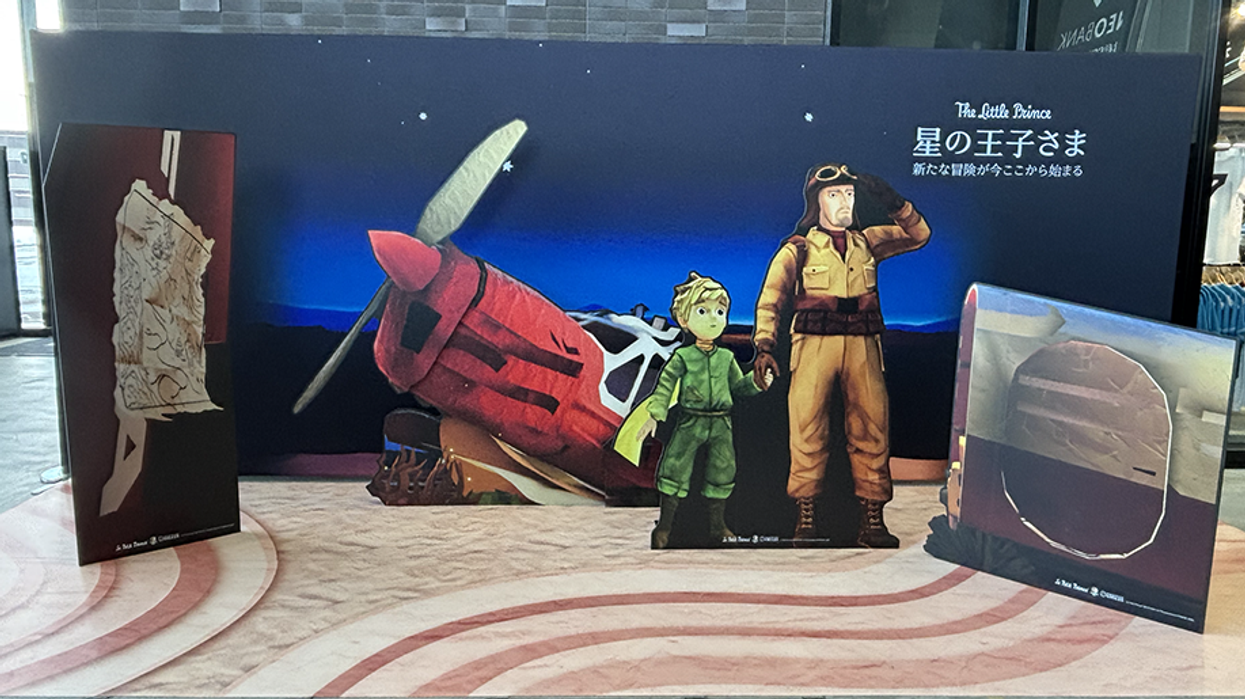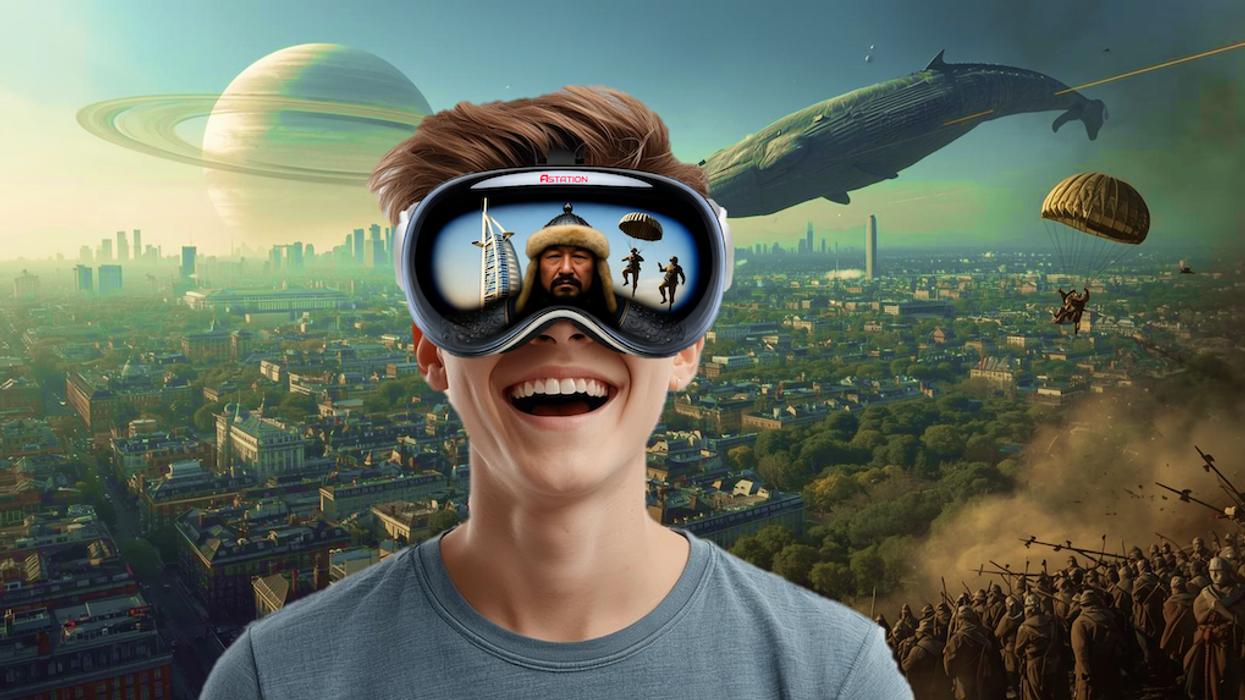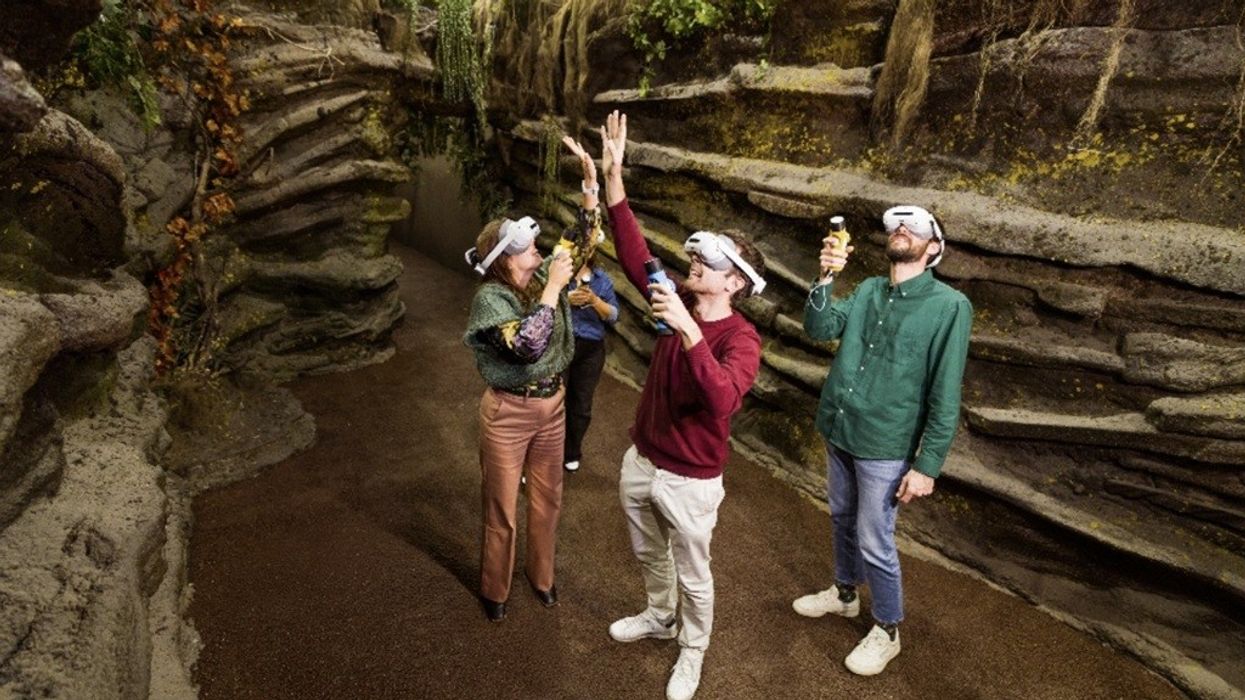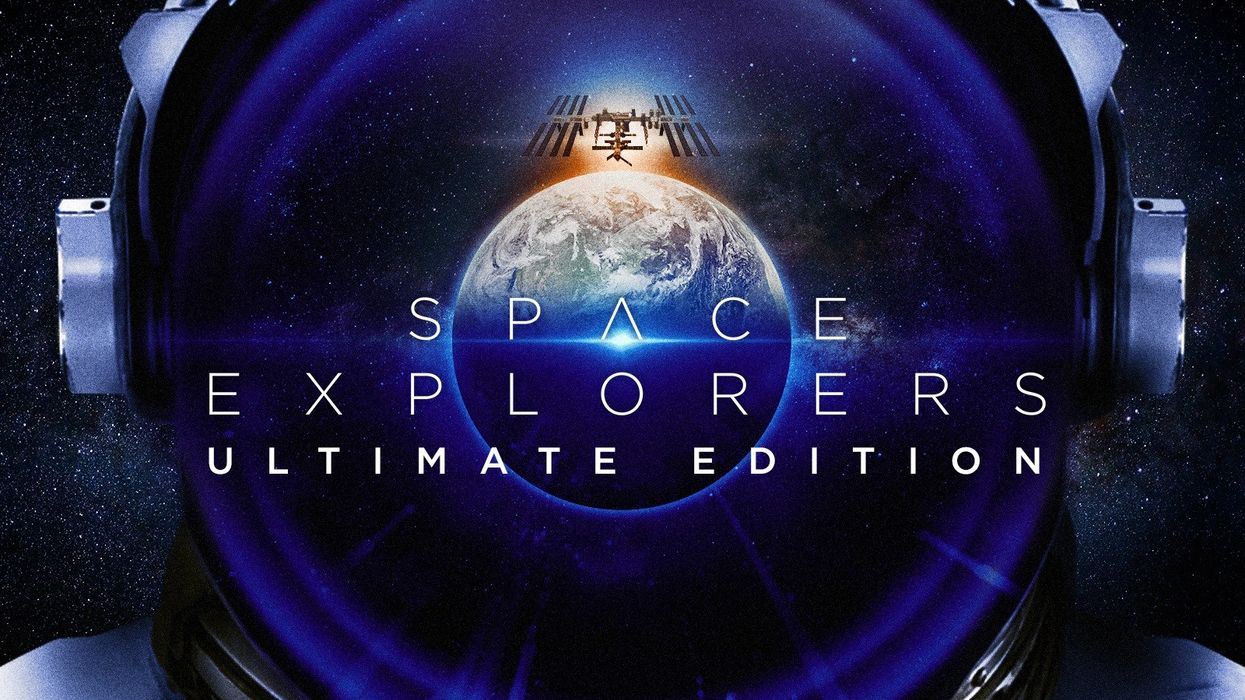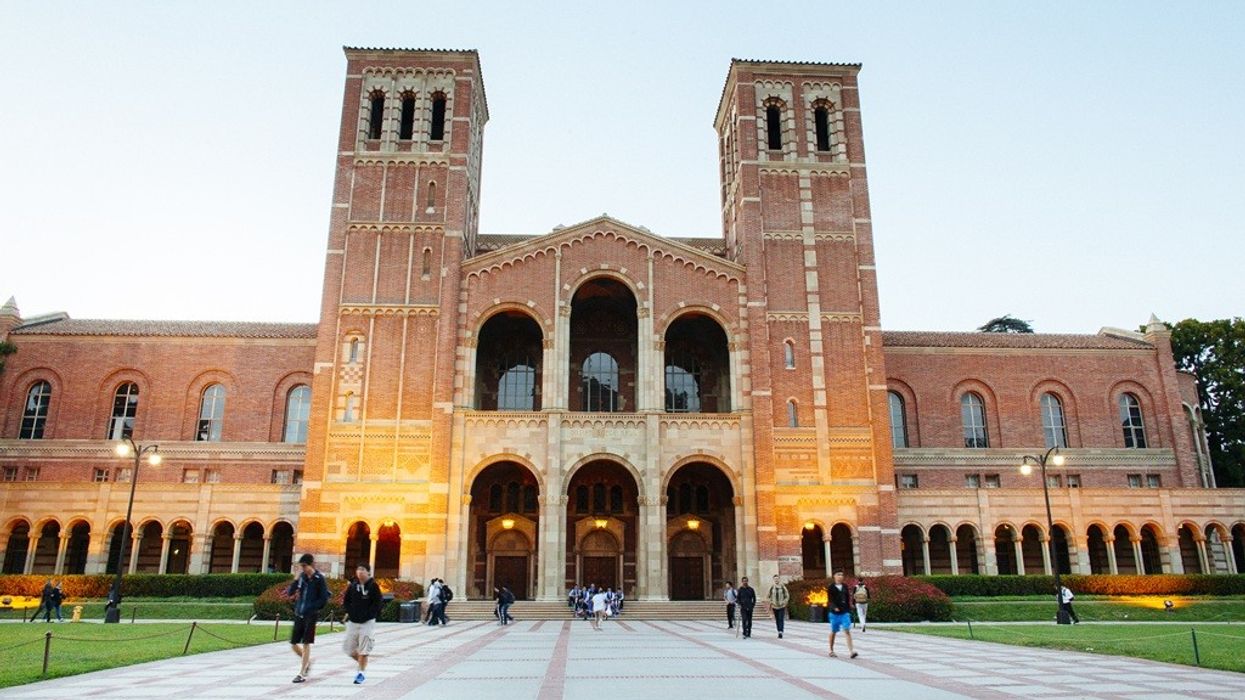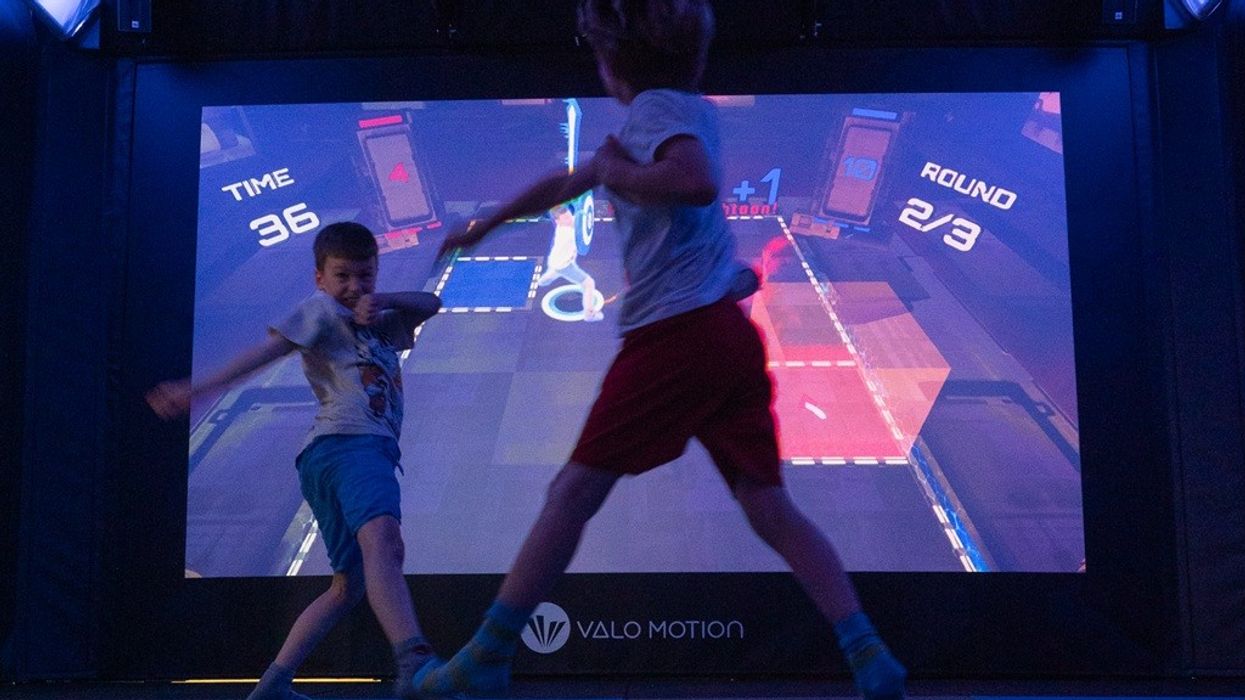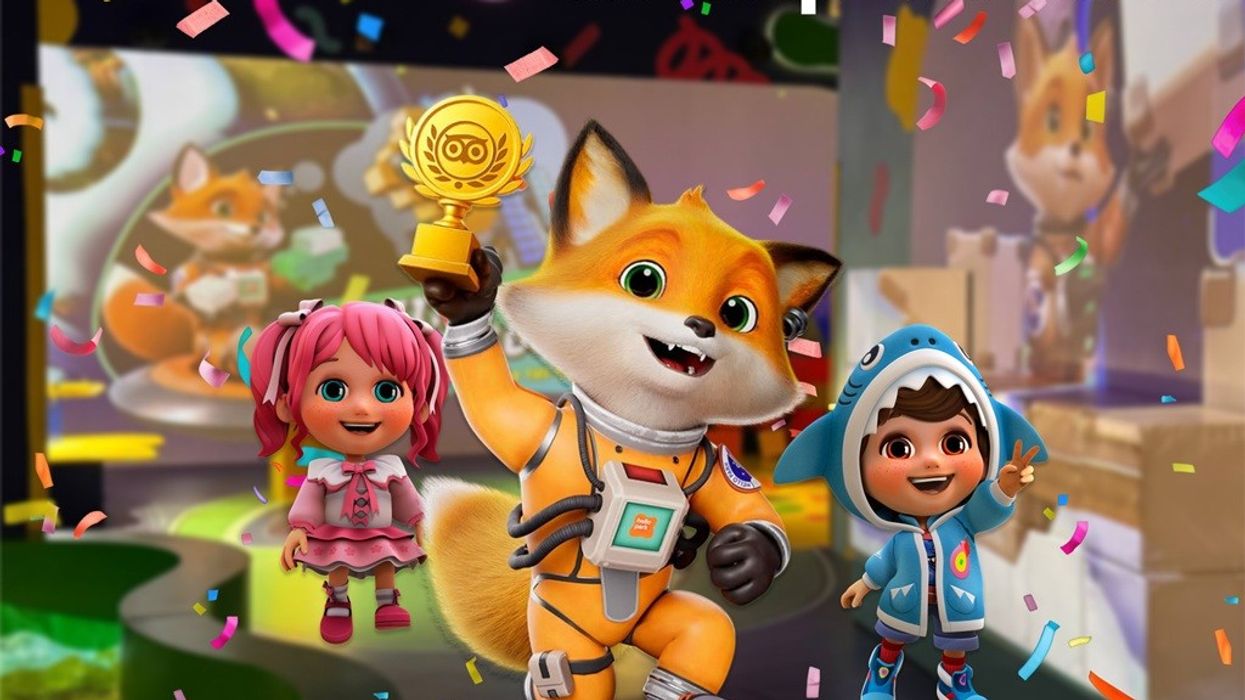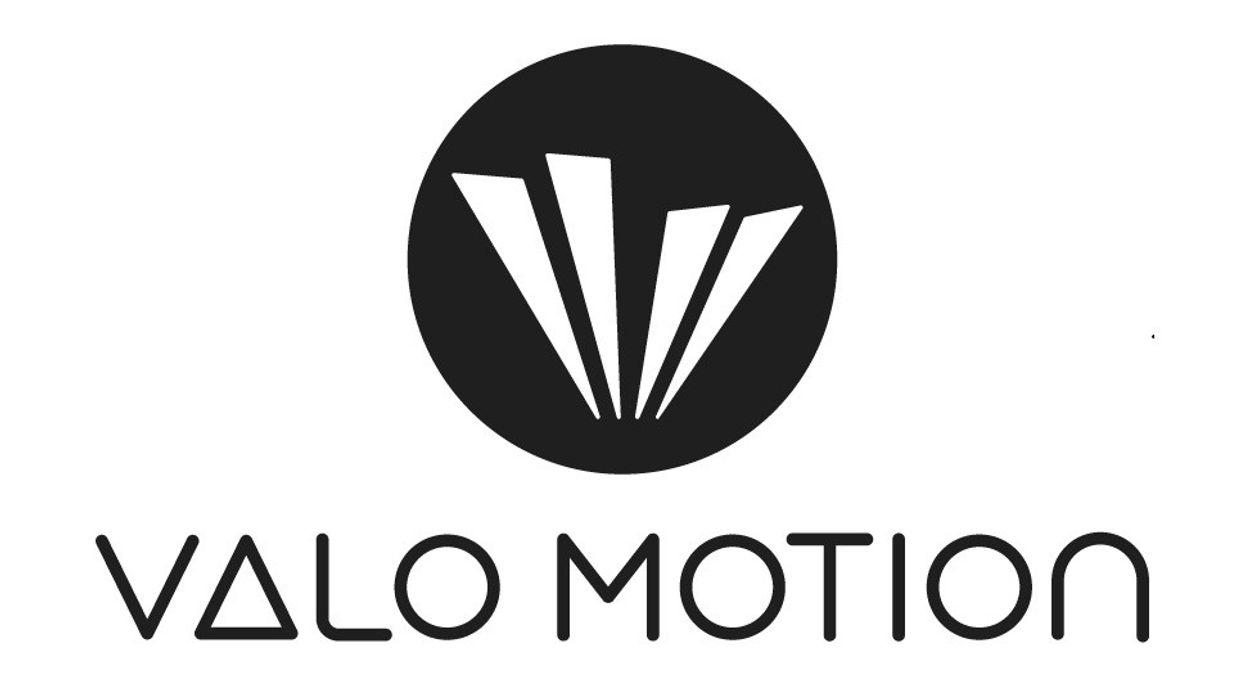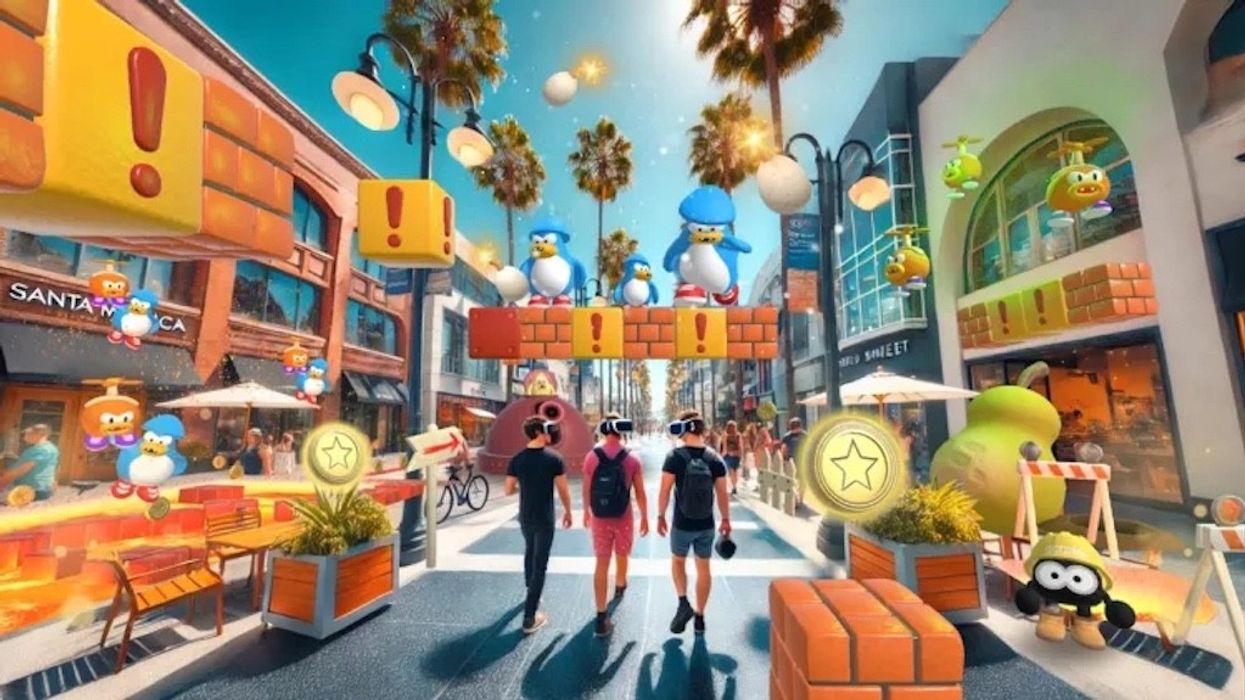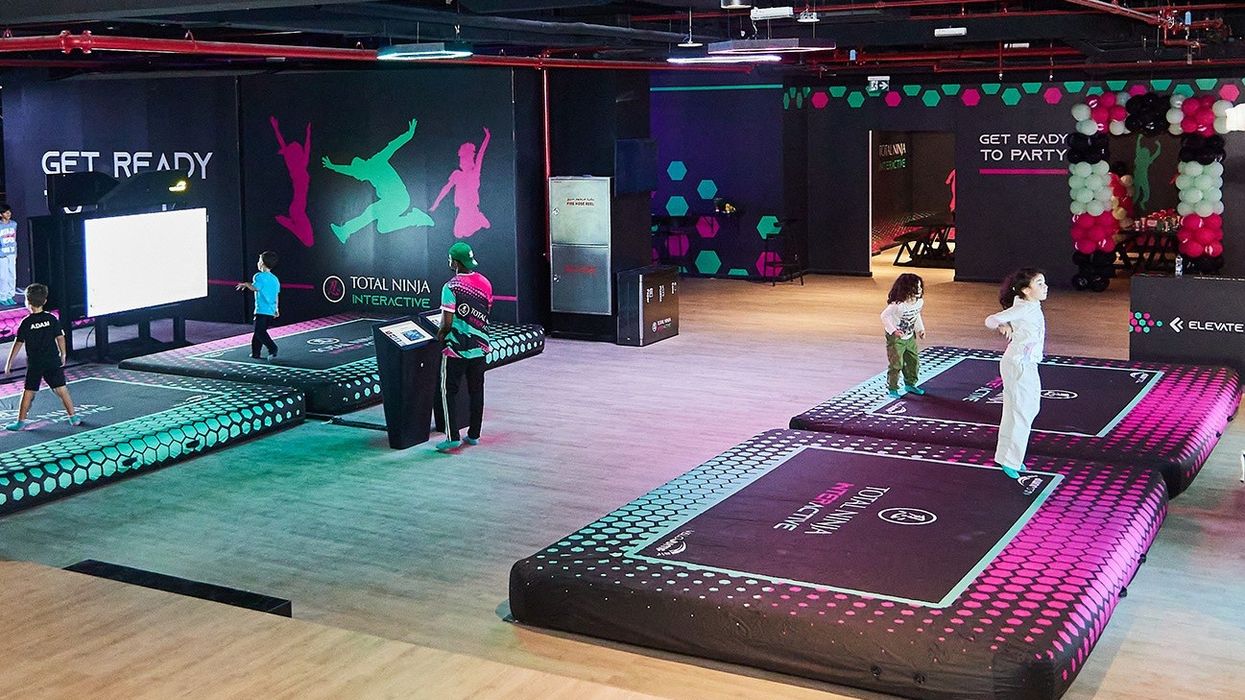The business of attractions, straight to your inbox!
Sign up to receive the industry’s most comprehensive news service directly to your inbox every day.
✅ Thank you! We’ve sent a confirmation email to complete your subscription.
Don’t miss out
Get the latest attractions industry news direct to your inbox, every day.
✅ Thank you! We’ve sent a confirmation email to complete your subscription.
Most viewed
Day
Week
Month
mixed reality
Mixed reality (MR), a blend of physical and digital worlds, is changing the global attractions industry by making experiences that are more immersive and engaging. Combining the best elements of virtual reality (VR) and augmented reality (AR), MR superimposes digital content onto the real world, allowing users to interact with both simultaneously. This technology makes attractions more flexible. It gives them new ways to tell stories, teach guests, and entertain them.
One significant example of mixed reality in action is Magic Leap One. Various attractions have employed this technology to create captivating and educational experiences. For instance, the New Museum in New York partnered with Magic Leap to present Specters of the Future. In this exhibition visitors could interact with digital artworks overlaid onto the physical gallery space.
Microsoft's HoloLens 2 is another important example of mixed reality. It is being built into several sites to improve visitors' experiences. Museums like the National Museum of Finland have used HoloLens to make interactive displays with historical artefacts. With this technology, people can interact with exhibits more deeply and meaningfully. It turns static displays into moving educational tools.
Mixed reality opens up exciting opportunities to collaborate and generate new ideas. It calls for the expertise of technology providers, content creators, and designers to ensure that digital and physical parts work smoothly together. MR can also improve business efficiency. For example, digital overlays can be used for maintenance or to train staff.
Sites can use mixed reality to give visitors unique and memorable experiences. This technology attracts tech-savvy visitors and opens up new ways to teach and engage a wide range of people, keeping their interest and encouraging them to come back.
Don’t miss our
FREE daily newsletter
Get the latest attractions industry news direct to your inbox, every day.
✅ Thank you! We’ve sent a confirmation email to complete your subscription.
mixed reality features
Recent
blooloop is taking climate action and is now B Corp Certified.Sustainability strategy
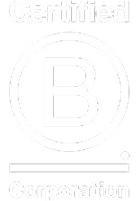
Become part of the blooloop community:Work with us
